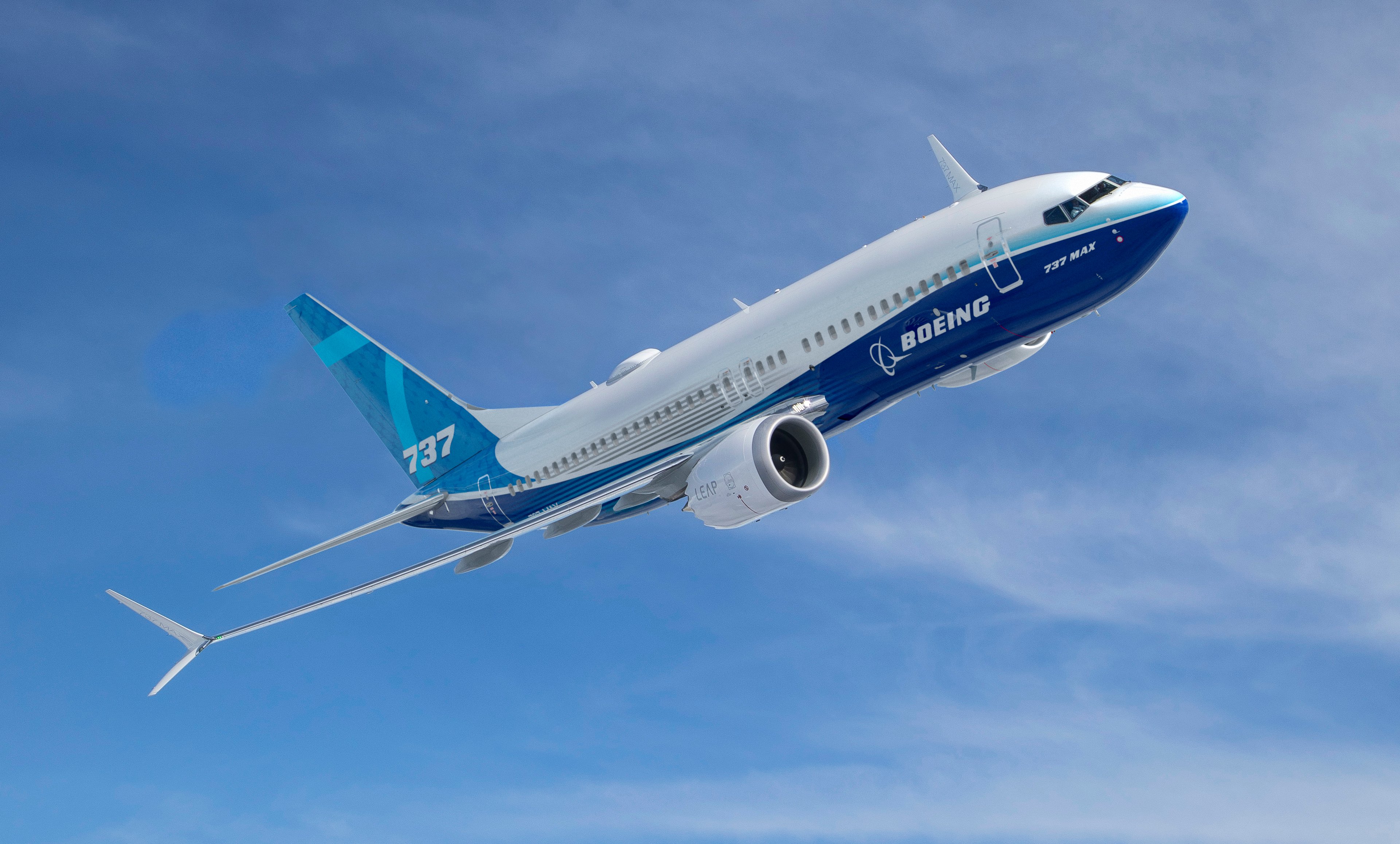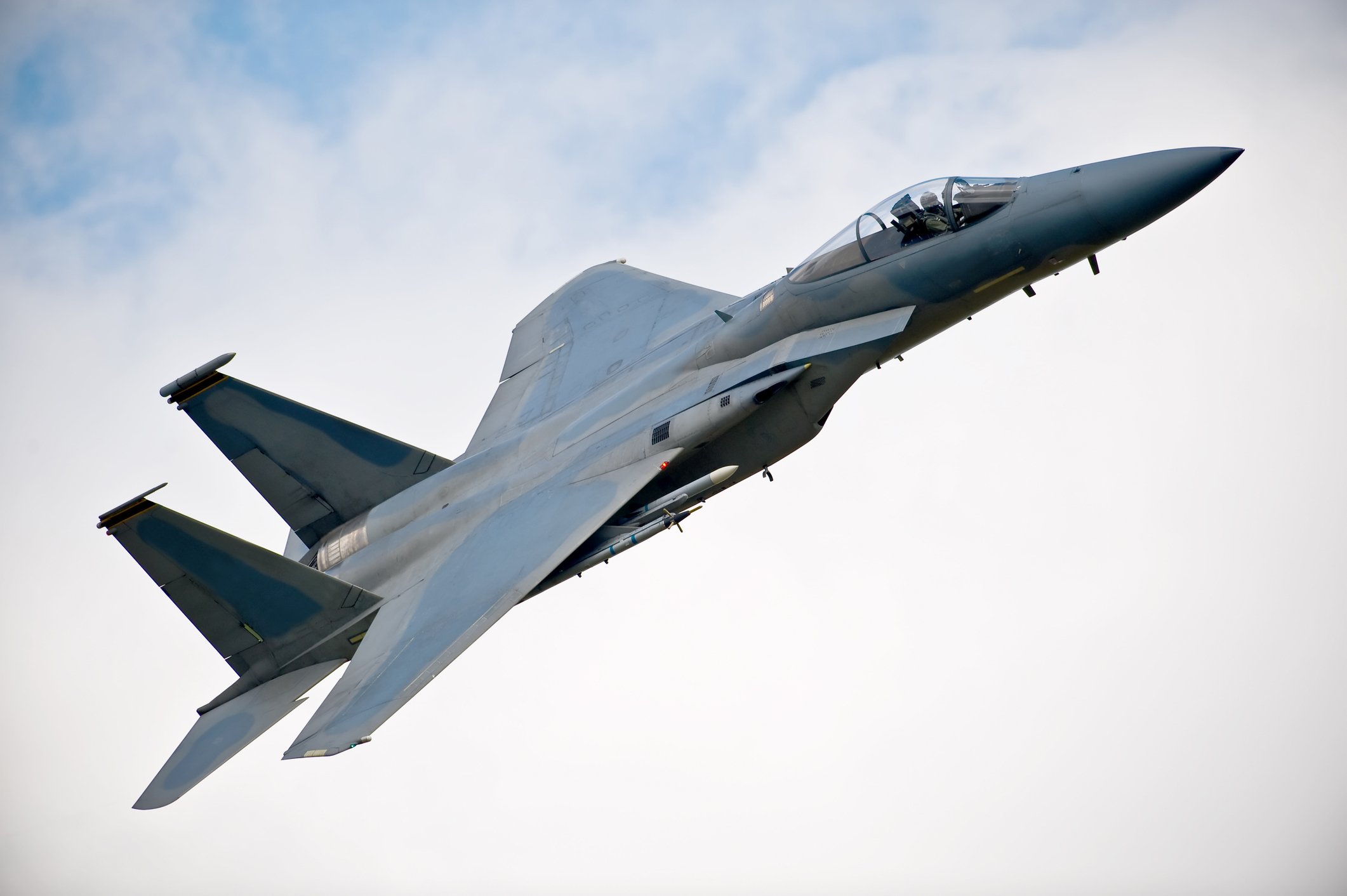In a world where sequestration is the norm, and defense spending exists in a proverbial vice, one thing a company doesn't want to do is have a product that's too expensive. And $10 billion above budget is way, way too expensive. Unfortunately for Boeing's (BA +0.00%) KC-46A tanker, that's exactly what's happening. But in a surprising twist, this actually may be bad news for Lockheed Martin's (LMT +0.65%) F-35, not the tanker. Here's what you need to know.

The KC-46A will replace the aging KC-135, seen here refueling an F-15. Photo source: DefenseImagery/Wikimedia Commons
The $10 billion breach
In a report given to Congress in May, the Air Force estimated that over the five decades of planned service, the support costs for the KC-46A tankers would be $103 billion. That's 11% more than the previous estimate of $92.7 billion. More pointedly, it breaches a key component of the program's acquisition baseline plan.
The good news is that this breach isn't something Boeing is liable for -- which is especially good considering Boeing's already liable for an estimated $700 million in cost overruns during the development phase. In fact, this breach is due to the fact that the Air Force intends to increase flying hours on the tanker, as well as assigning 3.5 aircrews to the aircraft, instead of 2.5. What's even better news for taxpayers is that the Air Force stated that it's committed to staying within its budget, and will not seek additional funding for the KC-46A. But that, right there, is bad news for Lockheed.
What's good for Boeing is bad for Lockheed
There have been a number of defense budgets bouncing back and forth between the House and the Senate. But the latest 2014 Defense Appropriations proposal that passed last week in a Senate committee includes funding for the KC-46A development. It also cuts funding for Lockheed's advanced F-35 procurement funding for 2015.
As Lt. Gen. Charles Davis, the Air Force military deputy for acquisition, said earlier this year, the Air Force would likely "protect the tanker no matter what" which could mean scaling back on F-35 procurements.
Moreover, Senate subcommittee chairman Sen. Dick Durbin said about the recently passed measure, "We are crafting this support in a highly uncertain and tumultuous budget environment. We cannot continue like this. Across-the-board sequestration cuts are forcing us to play Whac-a-Mole with the defense budget."
The fact of the matter is that sequestration is reality, and the Air Force has to operate under a reduced budget. So, if something costs more than it is budgeted, then the extra money spent on one program has to come from another program.
What to watch
Fiscal 2014 is fast approaching and, unfortunately, sequestration is still in effect. Consequently, the Air Force, defense contractors, and everyone else, will continue to see defense budgets shrink. That means that even "essential" programs could face cuts, or significant budget restrictions. This will undoubtedly affect defense companies' bottom lines. For Lockheed, which receives an estimated 15% from the F-35 program, these cuts could be very painful -- especially if the Air Force decides that it needs the tanker a lot more than the F-35, and the price for the tanker continues to increase.







